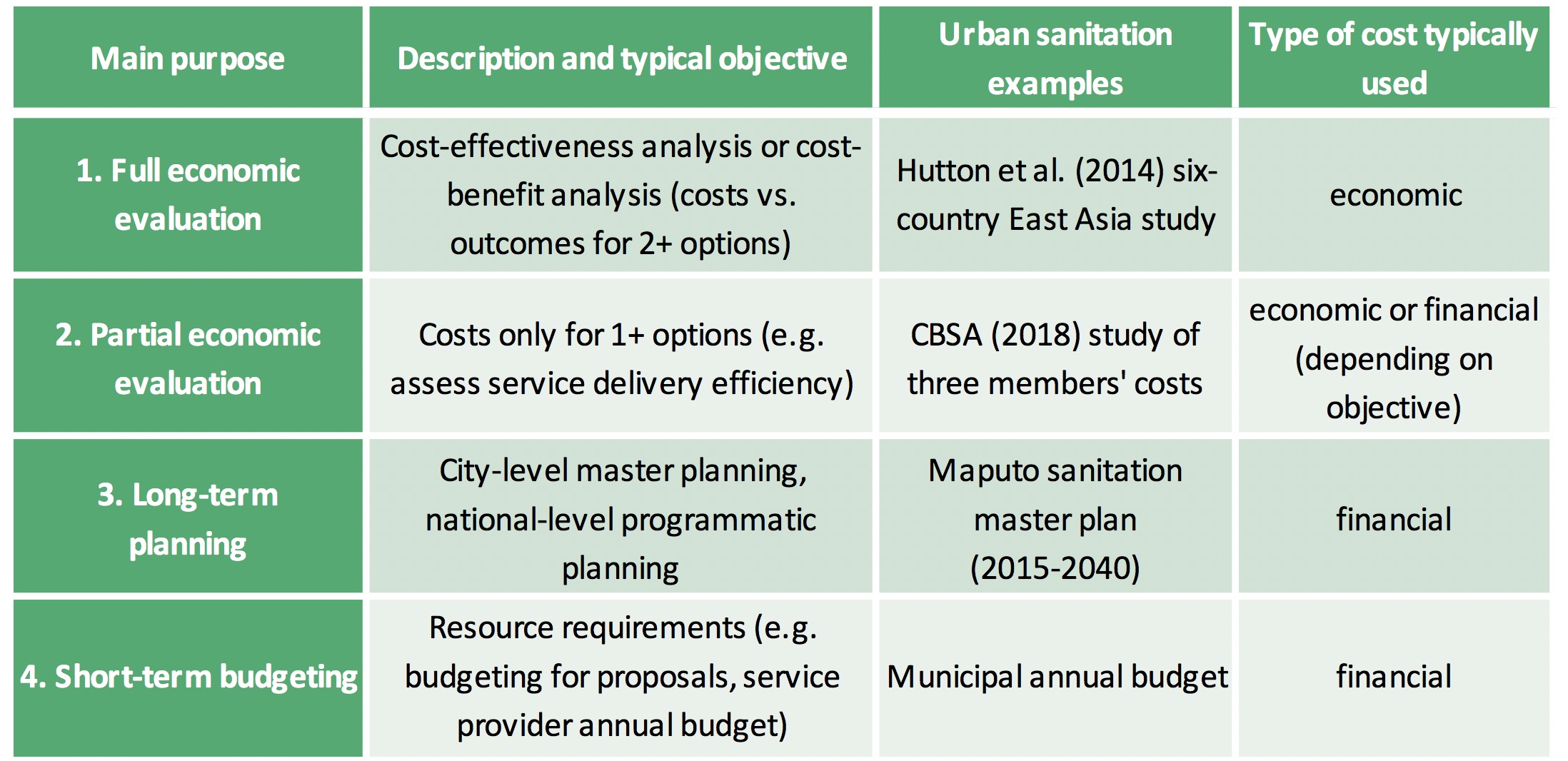Regression analysis is a fundamental statistical technique widely employed in economics to understand and quantify relationships between variables. This article provides an accessible introduction to regression analysis, explaining its relevance in economic research, the basic concepts, and how it aids in making informed economic decisions.
I. Understanding Regression Analysis
- Purpose and Significance:
- Explore why regression analysis is a crucial tool in economics,Set featured image enabling researchers to model and analyze relationships between variables.
- Assumptions and Limitations:
- Delve into the assumptions underlying regression analysis and the situations where it may not be appropriate.
II. Types of Variables in Regression
- Dependent Variable:
- Learn about the dependent variable, which is the outcome of interest, and how it is influenced by other independent variables.
- Independent Variables:
- Understand the role of independent variables in regression analysis, as factors that may impact the dependent variable.
III. Simple Linear Regression
- Concept and Formulation:
- Explore the foundational concept of simple linear regression, which models the relationship between one independent variable and the dependent variable.
- Interpreting Regression Coefficients:
- Learn how to interpret the coefficients in a simple linear regression model and understand their economic significance.
IV. Multiple Linear Regression
- Expanding the Model:
- Understand how multiple linear regression incorporates multiple independent variables to better capture complex relationships.
- Interpreting Coefficients in Multiple Regression:
- Learn how to interpret coefficients in multiple regression, considering the effects of multiple variables simultaneously.
V. Assumptions and Diagnostics
- Assumption of Linearity:
- Explore the importance of assessing the linearity assumption and techniques to address violations.
- Residual Analysis:
- Understand how residual analysis helps evaluate the goodness-of-fit of a regression model and identify potential issues.
VI. Hypothesis Testing in Regression
- Testing Individual Coefficients:
- Learn how hypothesis tests determine whether individual coefficients are statistically significant.
- Overall Model Significance:
- Understand tests that assess the overall significance and goodness-of-fit of the regression model.
VII. Practical Applications in Economics
- Demand and Supply Analysis:
- Explore how regression analysis is employed to model and analyze demand and supply relationships in economic markets.
- Labor Market Studies:
- Understand how regression is used to analyze factors affecting employment, wages, and labor market dynamics.
VIII. Time Series Analysis
- Time Series Regression:
- Learn about time series regression, a specialized form that accounts for temporal trends and autocorrelation.
- Forecasting and Predictive Modeling:
- Understand how regression analysis aids in economic forecasting by projecting future trends based on historical data.
IX. Addressing Endogeneity and Omitted Variable Bias
- Instrumental Variables:
- Explore techniques like instrumental variables to address endogeneity issues in regression analysis.
- Controlling for Omitted Variables:
- Learn strategies for identifying and controlling for omitted variables that may bias regression results.
Conclusion: Leveraging Regression Analysis for Economic Insights
Regression analysis is an indispensable tool in economic research, providing a quantitative framework to analyze relationships and make informed decisions. By understanding its principles and applications, economists can uncover valuable insights to inform policy decisions, market strategies, and danatoto economic forecasting.

